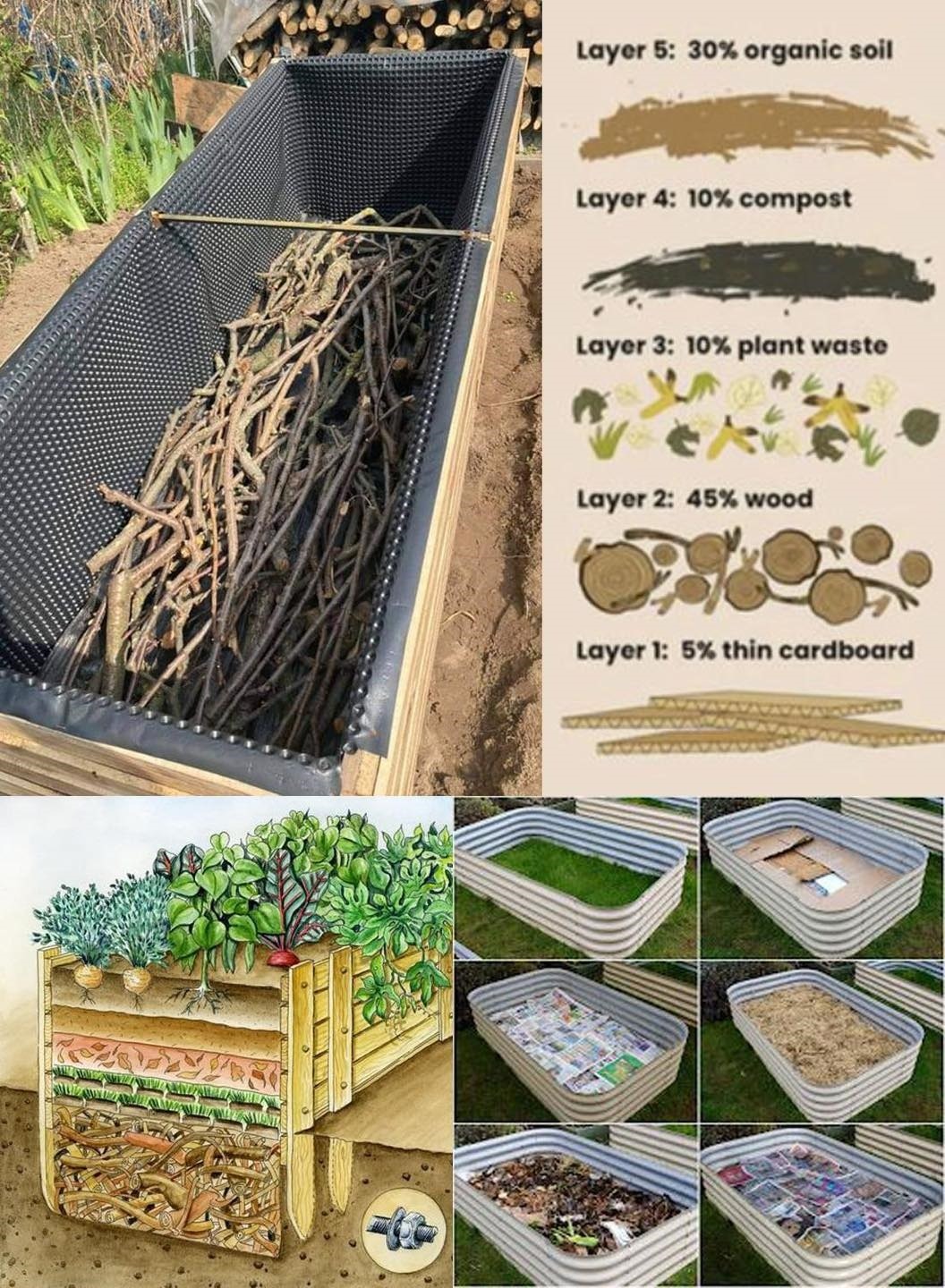Filling a deep raised bed cheaply and easily is a clever gardening strategy, particularly for those who wish to maximize their yield without breaking the bank. Deep raised beds offer numerous benefits, including improved drainage, enhanced soil quality, and easier access for planting and maintenance. However, the cost and effort to fill them can be daunting. This article will guide you through a cost-effective and straightforward method to prepare your deep raised bed for planting.
Understanding the Benefits of Deep Raised Beds
Deep raised beds, typically ranging from 12 inches to 36 inches in height, provide ample space for plant roots to grow, promote good drainage, and can lead to higher yields and healthier plants. They are especially beneficial for areas with poor native soil or limited gardening space.
Step 1: Planning Your Raised Bed
- Dimensions: Decide on the dimensions of your raised bed. A depth of at least 24 inches is ideal for most deep-rooted vegetables.
- Location: Choose a location that receives at least six hours of sunlight daily.
- Materials: Select materials for the sides of your raised bed. Untreated wood, bricks, or cinder blocks are popular choices.
Step 2: Layering for Cost Efficiency and Soil Health
The key to filling a deep raised bed affordably is to use a technique known as “lasagna gardening” or “layering,” which involves creating layers of different materials that will decompose over time, improving the soil structure and fertility.
Bottom Layer (Drainage)
- Materials: Use rocks, gravel, or broken pottery.
- Purpose: This layer ensures proper drainage, preventing water from pooling at the bottom.
Middle Layers (Bulk Material)
- Materials: Include straw, logs, branches, leaves, grass clippings, and wood chips. You can often find these materials for free or at a low cost.
- Method: Start with larger items like logs and branches, then add smaller materials such as leaves and grass clippings. These organic materials will decompose over time, enriching the soil.
Compost Layer
- Materials: Add a layer of compost to introduce beneficial microorganisms and nutrients.
- Tip: You can create your own compost from kitchen scraps and garden waste.
Step 3: Top Layer (Growing Medium)
- Materials: Finish with a layer of good quality topsoil mixed with compost. This mix will serve as the primary growing medium for your plants.
- Depth: Ensure this layer is at least 6-8 inches deep to allow for immediate planting and root development.
Step 4: Planting
- Selection: Choose plants suitable for the depth and size of your raised bed. Deep-rooted vegetables like tomatoes, carrots, and potatoes thrive in deep raised beds.
- Method: Plant seeds or seedlings according to their specific spacing and depth requirements.
Step 5: Maintenance
- Watering: Deep raised beds may dry out more quickly. Ensure consistent moisture by watering deeply, especially during dry spells.
- Mulching: Apply a layer of mulch to retain moisture, suppress weeds, and keep the soil temperature consistent.
Cost-Saving Tips
- Source materials locally: Look for free or cheap local resources for organic matter, such as tree trimmings, leaves, or grass clippings.
- Community resources: Some communities offer free compost or mulch to residents.
- DIY compost: Reduce waste and enrich your soil by composting kitchen scraps and garden waste.
By following these steps, you can fill your deep raised bed in a cost-effective and environmentally friendly manner. This approach not only saves money but also contributes to a sustainable gardening practice by recycling and repurposing organic materials. Enjoy the process of creating a fertile and productive garden bed that will serve you for seasons to come.
